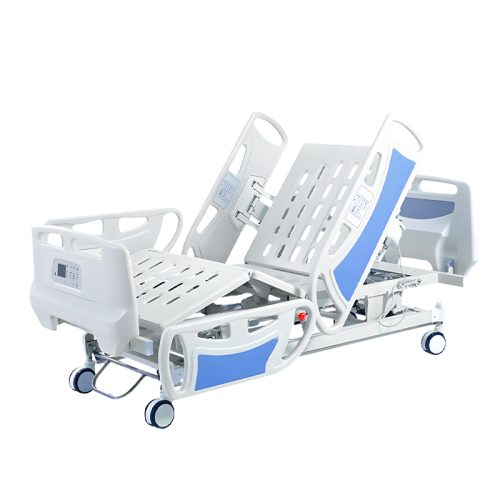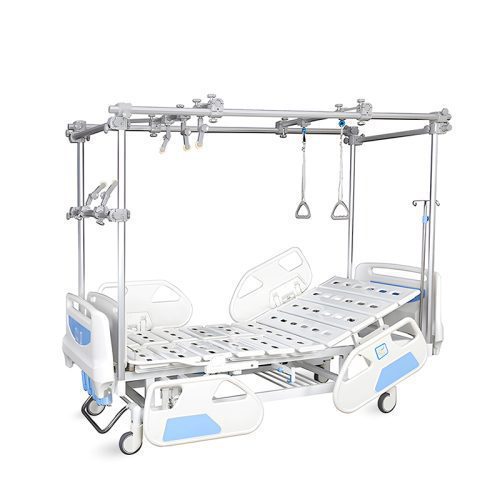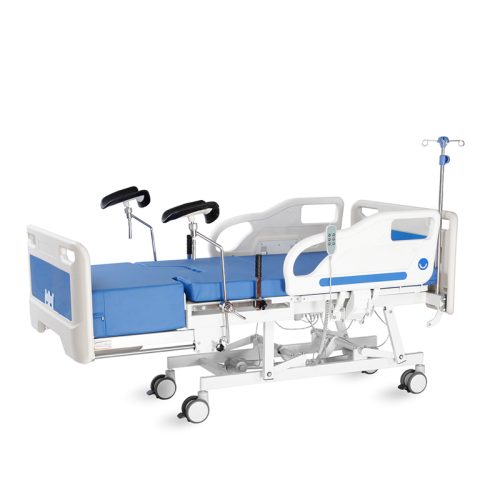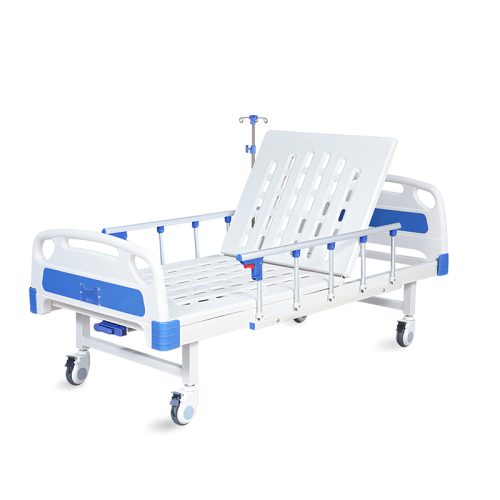
- Autoclave
Compreender a temperatura, a pressão e o tempo do autoclave para uma esterilização eficaz
- Por kelingmedical
### **What is Autoclave Temperature?**
**Autoclave temperature** represents the heat levels maintained inside the autoclave chamber throughout the sterilization procedure. The operating temperature range for autoclaves during sterilization falls between **121°C (250°F)** and **134°C (273°F)**. The normal boiling point of water is 100°C but autoclaves must reach higher temperatures which require the application of pressure. Elevated temperatures achieve sterilization because harmful microorganisms like bacteria, viruses and spores require exposure to steam at these high temperatures for a certain duration to be effectively killed.
Most autoclaves achieve sterilization at the fundamental temperature of 121°C (250°F) which together with 15 psi (pounds per square inch) pressure eliminates all microorganisms. Both the model and user settings determine the specific temperature inside an autoclave. Users can increase the autoclave temperature to as much as 134°C for faster sterilization processes when processing resilient materials or when time constraints necessitate quicker results.
Proper autoclave temperature ensures effective sterilization results. Sterilization requires not only temperature but also the right pressure and timing combination.
—
### **What is Autoclave Pressure?**
The force produced by steam within the autoclave chamber defines autoclave pressure. The **autoclave pressure** enables the **autoclave temperature** to exceed water’s standard boiling point. The autoclave reaches sterilization-perfect conditions by achieving 121°C (250°F) when operating at 15 psi. Autoclave pressure allows steam to reach all surfaces of the items inside which kills bacteria and spores that would survive at lower temperatures.
Correct sterilization depends on the synchronized function of autoclave pressure with temperature to achieve uniform and complete sterilization. The pressure inside the autoclave forces steam to reach all areas of tightly packed materials so that every part becomes sterilized. If steam does not reach sufficient temperatures due to inadequate pressure it will fail to destroy harmful microorganisms and sterilization will not be complete.
The effects of pressure on temperature must be understood to properly operate autoclave psi settings. The operation of autoclaves relies on pressure which allows for temperature customization based on different sterilization needs. Tougher materials that can stand up to increased pressure need higher temperatures but delicate items require lower temperature settings.
—
### **Autoclave Sterilization Time: What is the required duration for **autoclave sterilization?**
The **autoclave sterilization time** measures how long items remain in the autoclave during exposure to high-pressure steam at an established temperature. Precise **timing** represents a vital element of autoclaving because insufficient steam exposure will prevent complete microorganism destruction. Sensitive equipment or materials may become damaged if they remain inside the autoclave for an extended period.
Standard autoclave sterilization cycles usually require **15–30 minutes** at **121°C** with **15 psi** pressure. The necessary sterilization time fluctuates based on the material type and the autoclave model being used as well as whether the items have been wrapped or not.
What is the appropriate sterilization duration for items left unwrapped in an autoclave?
The sterilization cycle in the autoclave takes less time for unwrapped items like surgical instruments and glassware than for wrapped items. Unwrapped items are exposed directly to steam which allows heat to penetrate them faster. Most unwrapped items should be sterilized for 3–5 minutes at 121°C (250°F) under 15 psi pressure.
When items are contained within autoclave bags or sterilization wraps the steam needs to go through the wrapping material which results in a longer process. The **sterilization time** may extend to **15–30 minutes** based on the dimensions and characteristics of the load.
#### **Factors Affecting Autoclave Timing**
Several factors influence the **timing** required for effective sterilization:
– **Load size**: A bigger load requires more time for the autoclave to achieve proper temperature and pressure which leads to longer **sterilization time**.
– **Material**: Materials react differently to heat because some absorb it at different rates which determines their sterilization duration in an autoclave as autoclavable plastics require more time than metals which tolerate higher temperatures.
– **Autoclave model**: Contemporary autoclaves feature prescheduled cycles and automated systems which calculate the best duration for sterilization based on the load as well as settings.
Manufacturers specify exact **autoclave sterilization times** for certain items like hazardous waste and medical tools to guarantee their safe reuse.
—
Effective autoclave sterilization depends on the synchronized operation of temperature, pressure and sterilization time.
Successful **autoclave sterilization** requires proper coordination between **temperature**, **pressure**, and **sterilization time**. The correct application of heat to steam which reaches **121°C or 134°C** creates autoclave pressure that keeps steam temperatures higher than the standard boiling point. The duration of steam exposure to items inside the autoclave depends on proper timing.
Full sterilization requires sufficient pressure which depends on temperature levels while microorganism eradication depends on adequate timing. The correct **sterilization time** must be set according to the specific type of load you are processing to ensure effective sterilization.
—
### **Conclusão**
The sterilization process requires proper **autoclave temperature**, **pressure**, and **sterilization time** to work effectively. Achieving proper sterilization of equipment and materials requires maintaining the correct temperature along with the right pressure and exposure time. Understanding these sterilization factors enables you to use an autoclave effectively and safely for medical instruments, laboratory equipment, or agricultural materials.
—
### **Perguntas frequentes (FAQ)**
What is the ideal temperature setting for an autoclave?
Most autoclaves sterilize at **121°C (250°F)** but some models reach **134°C (273°F)** to sterilize faster.
What level of pressure should be set for operating an autoclave?
Autoclaves need **15 psi** of pressure to achieve the required sterilization temperature.
What sterilization duration is required for items in an autoclave?
Sterilization times for most items in an autoclave range from 15 to 30 minutes at 121°C based on whether they are wrapped or unwrapped.
What is the proper sterilization time for unwrapped items in an autoclave?
Autoclaving unwrapped objects requires a sterilization period of **3-5 minutes** at a temperature of **121°C**.
Inadequate autoclave temperature leads to incomplete sterilization which allows harmful microorganisms to remain on items.
When the autoclave temperature is insufficient sterilization can fail to destroy all harmful microorganisms on the items.
📧 Email: inquiry@shkeling.com
🌐 Sítio Web: www.shkeling.com.cn
Estamos ansiosos por construir uma parceria de sucesso consigo!






